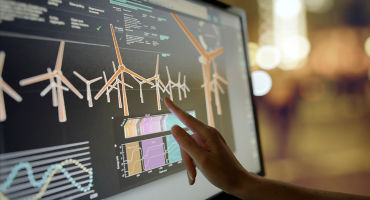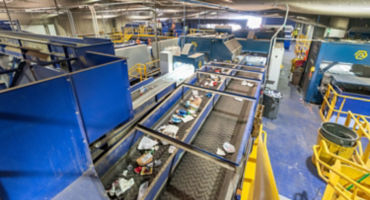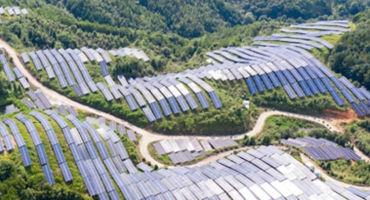Wide range of investment opportunities in the low-carbon transition
While the fiscal and social challenges associated with decarbonization are many, the private sector is one key to overcoming them, in our view. Innovative companies are already finding ways to support the energy transition and help society increase climate resilience. Many of these companies are taking advantage of falling input costs and rising demand. They also have long runways for growth and enormous addressable markets, given that the energy transition and climate change are global issues.
Renewables and electricity infrastructure
The most obvious — and by some measures, economical — decarbonization investment theme is renewable energy. Today, the cost to run a new wind or solar farm is less than it is to run a natural gas or coal plant. While the initial costs to install a wind or solar farm are high, useful life of these facilities can be up to 30 years, at almost no incremental cost. Unlike gas or coal production, renewables get cheaper as costs amortize over time. Even if decarbonization weren’t part of the equation, adding more renewables to the energy mix should eventually lower prices for consumers.
Notably, expanding clean power requires more than panels and turbines. Since renewables are not yet viable sources for base-load power, investment in technologies like batteries and fuel cells that enable storage should increase, and as should spending on more efficient methods of facilitating power distribution. Companies that modernize and reconfigure electricity infrastructure for the renewable landscape could experience decades of stable, recurring earnings, which may be largely insulated from economic cycles.
Mitigation and efficiency
Renewables supply is just one part of the equation. We believe the world also needs to invest in solutions that promote demand-side efficiency and reduce overall energy consumption. Better insulation, lighting systems, electric appliances, and smart meters — along with more efficient heating, cooling, and ventilation —should all see growing demand. These technologies don’t typically grab headlines, but cumulatively, they deliver significant energy savings and help reduce carbon emissions. Mitigating the effects of climate change involves electric vehicles and smart transport technologies; plant-based proteins and technologies that enable farmers to use fertilizer more effectively and efficiently; waste-to-energy processes; and carbon capture, utilization, and storage systems.
Adaptation and resilience
Finally, solutions that help society adapt and become more resilient to climate change also have significant growth potential. Previously emitted greenhouse gasses (GHGs) will persist in the atmosphere for decades (in some cases, for millennia). Since these warming agents are here to stay, we need to make our agricultural, transportation, and infrastructure systems more resilient to the unavoidable physical risks of climate change. Adaptation solutions include heat-resistant steel and other construction materials, porous pavement, drought-resistant seeds and crops, climate data providers, forecasting technology, and water and waste management. The list goes on and on.
Working with scientists at Woodwell Climate Research Center and the Joint Program of the Science and Policy of Global Change at the Massachusetts Institute of Technology, Wellington studies and measures the impacts and interconnections among climate physical and transition risks. Understanding both is key to solving the climate challenge. Physical risks like heat, drought, water scarcity, wildfires, hurricanes, flooding, and sea-level rise accelerate transition risks like policy and regulation. And solutions that advance the low-carbon transition can, eventually, help mitigate the physical risks that negatively affect our markets, economy, and way of life.

















